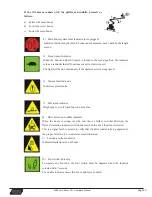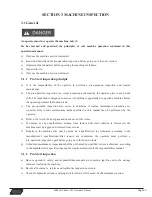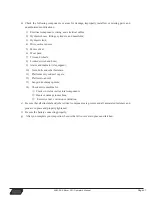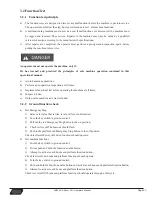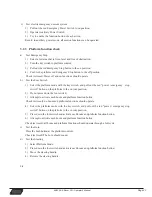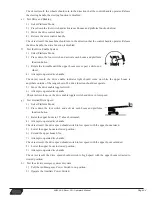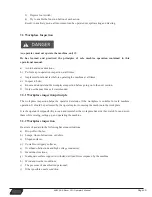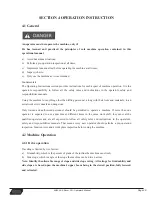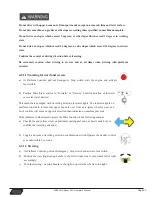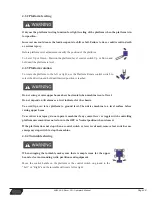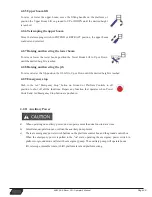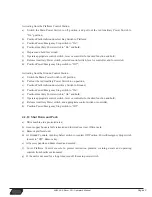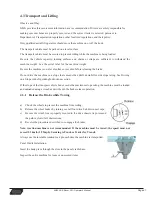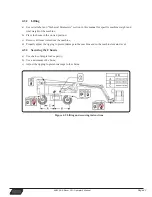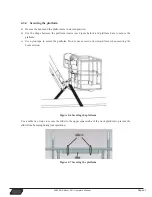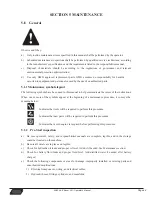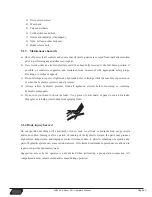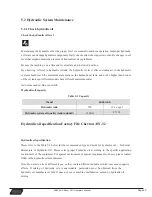
4.3 Transport and Lifting
Observe and Obey:
*0*
provides this secur
H
ment information as a recommendation. Drivers are solely responsible for
making sure machines are properly secured and the correct trailer is selected pursuant to
Department of Transportation regulations, other localized regulations, and their policy.
Only qualified aerial lift operators should move the machine on or off the truck.
The transport vehicle must be parked on a level surface.
The transport vehicle must be secured to prevent rolling while the machine is being loaded.
Be sure the vehicle capacity, loading surfaces and chains or straps are sufficient to withstand the
machine weight. See the serial label for the machine weight.
Be sure the machine is on a level surface or secured before releasing the brake.
Do not drive the machine on a slope that exceeds the uphill, downhill or side slope rating. See Driving
on a Slope in the Operating Instructions section.
If the slope of the transport vehicle bed exceeds the maximum slope rating, the machine must be loaded
and unloaded using a winch as described in the brake release operation.
4.3.1 Release the Brake while Towing
a)
Chock the wheels to prevent the machine from rolling;
b)
Release the wheel brakes by turning over all four drive hub disconnect caps;
c)
Be sure the winch line is properly secured to the drive chassis tie points and
the path is clear of all obstructions;
d)
Reverse the procedures described to re-engage the brakes.
Note: traction machine is not recommended.
If the machine must be towed, the speed must not
exceed 3.2 km/h (1.99mph). Securing to Truck or Trailer for Transit.
Always use the turntable rotation lock pin each time the machine is transported.
Panel Cradle Installation.
Insert the hook piece through the slots in the panel cradle base.
Inspect the entire machine for loose or unsecured items.
$-(%RRP/LIW2SHUDWRU¶V0DQXDO
3DJH


